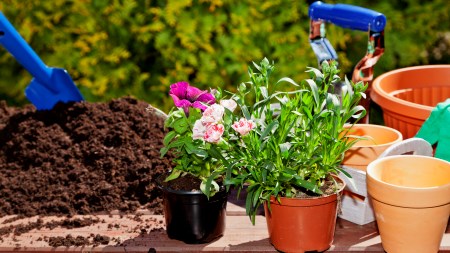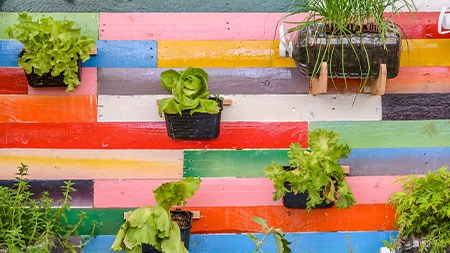Want a garden filled with colourful flowers next spring? Now is the time to put your plan your place.
Ever covet thy neighbour’s daffs, poppies, tulips or freesias? I do, ardently, every year. And every year I kick myself for not having acted sooner and organised my very own display of spring and summer flowering bulbs.
While many think that bulbs are reserved for those who live in places with a proper winter climate, the reality is there are bulbs that can be grown countrywide in SA – and even indoors – allowing everyone a little part in the show. From fragrant freesias to decorative lilies and elegant arums, the good news is there are many indigenous species too, so there’s no need for die-hards to feel any guilt.
Act in April
April is the month to start planting most spring flowering bulbs, so pop off, sans delay, to your local garden centre (or order online) and get those gems into the soil by month end. (For tulips, wait until the end of May.)
Planting
Bulbs love being cool, so it’s advisable to choose the coolest spots in your garden as a rule of thumb, and then hone in on exactly the right spots for the specific bulb types. While some enjoy full sun in cooler regions, most bulbs prefer only morning sun, and don’t do well in hot midday sun. Help keep bulbs cool by planting them away from heat reflecting surfaces like walls and adding a thick layer of mulch over the soil’s surface.
TIP
Stay away from manure or tree bark as this could burn your bulbs.
For climates that are warm year round, plant bulbs in pots that can be kept in the coolest, semi-shaded part of the garden, until they come into flower – at which stage they can be moved to a more prominent position.
TIP
Many bulbs, especially spring flowering bulbs, do well with a little chilling time, so consider storing them in the fridge for a few weeks before planting. This cold period makes the bulb think it is winter which stimulates a biochemical response to make it start flowering.
Different bulbs need to be planted at different depths and require different spacing, but in general they are good if planted at a depth of three times the height of the bulb. For visual impact plant bulbs in clusters.
Bulbs enjoy light, well drained, cool soil, so before planting dig the bed over and add a generous amount of compost and a smattering of bone meal. After planting and throughout the flowering season feed regularly with a flowering or bulb food.
Bulbs should be kept continuously moist from the time of planting onwards, so water every 4 to 5 days (ideally with a sprinkler for about 45 minutes). Bulbs in pots should be carefully monitored as they tend to dry out much more quickly, and will probably need to be watered every day or second day.
TIP
Extend your flowering time by deadheading flowers as they begin to fade. This not only tricks the bulb into thinking it hasn’t yet produced, but also prevents the bulb from using extra energy to produce unnecessary seed. Take some stems for the vase too as most bulbs make excellent cut flowers.
Although some bulbs will flower year after year, in general our winters are simply not cold enough, so while the keenly committed lift and store bulbs after flowering, it may be easier to treat them as annuals instead and simply invest in more next April.



